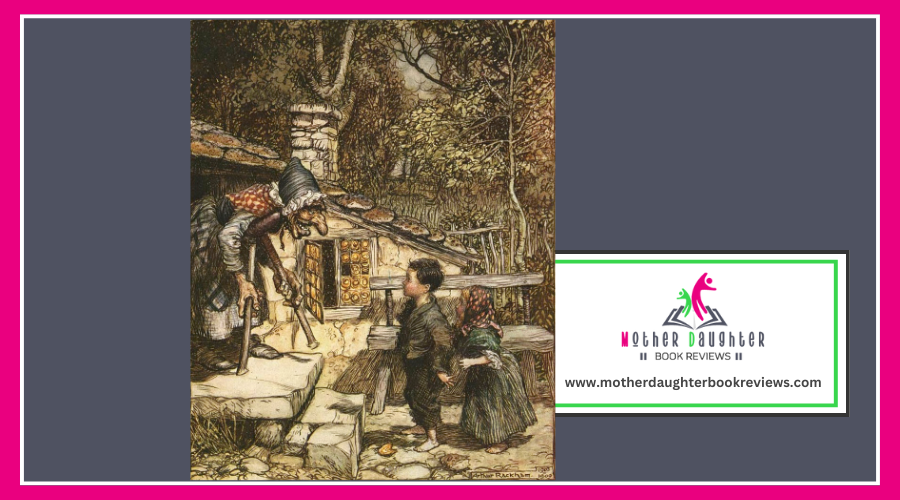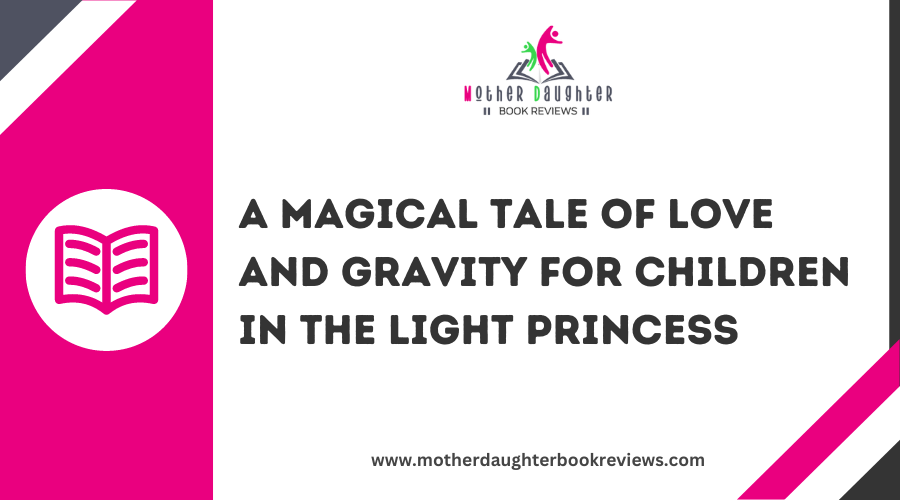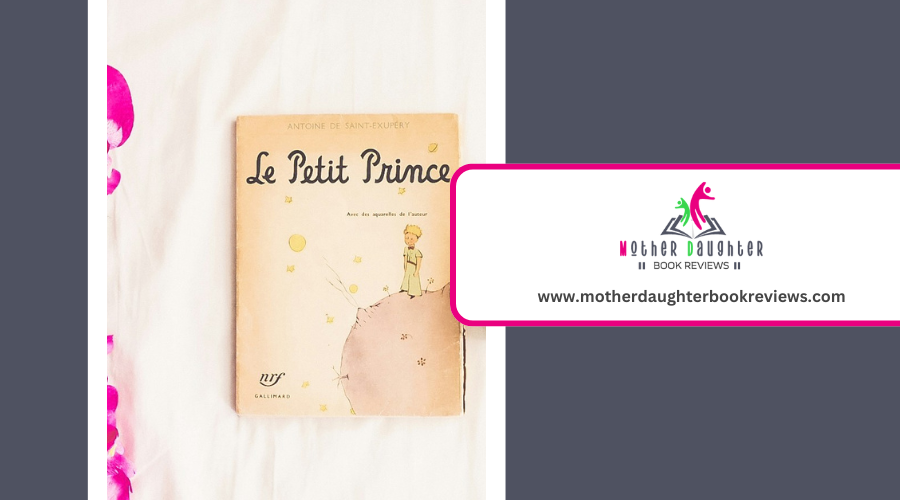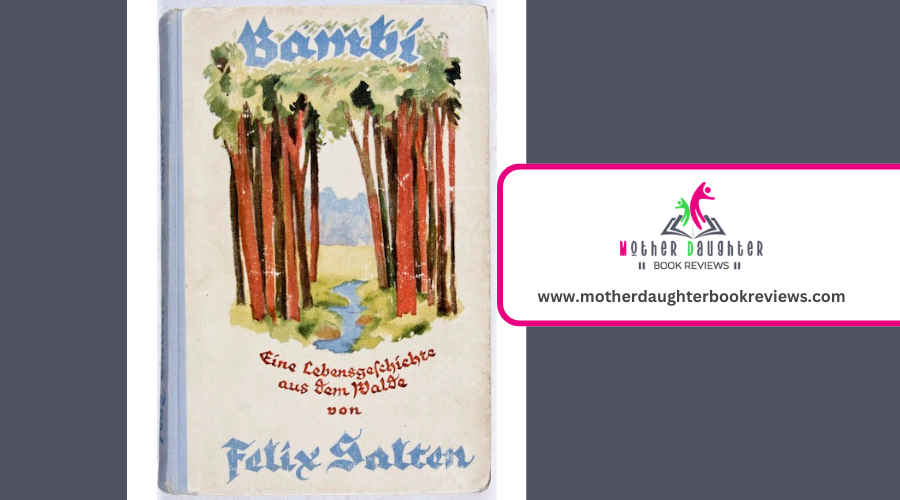A Story of Love and Redemption in the Children's Fairy Tale Beauty and the Beast
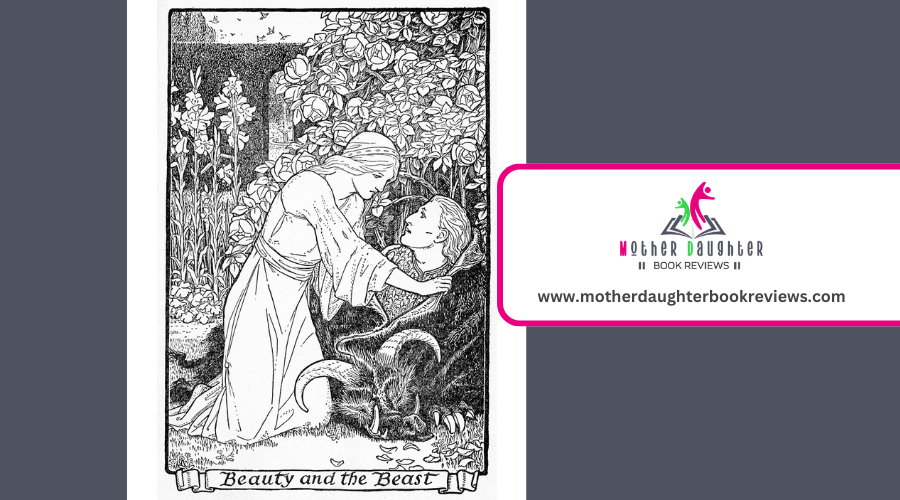
The origins of "Beauty and the Beast" trace back to the 18th century, rooted in French literature. You might be surprised to learn that the initial known version was penned by Gabrielle-Suzanne Barbot de Villeneuve in 1740. Her story was quite lengthy and intricate, filled with complex backstories and numerous characters.
Later, in 1756, Jeanne-Marie Leprince de Beaumont took Villeneuve's tale and simplified it for a younger audience, creating the more familiar version you know today. Beaumont's rendition focused on the fundamental themes of transformation and redemption, making it accessible and engaging for children.
In Beaumont's version, you find the vital elements of the story: a beautiful young girl, a fearsome beast, and the transformative power of love and kindness. This version has become the template for countless adaptations over the centuries, from stage plays to animated films.
Belle: A Heroine's Journey
Belle isn't just a passive character; she's an active participant in her own story, embodying curiosity, bravery, and compassion. Her adventure begins in a small, provincial town where she dreams of adventure and longs for more than her mundane life. This sets the stage for her transformative experience.
Belle's expedition can be broken down into three key moments:
- Curiosity and Bravery: When her father goes missing, Belle ventures into the dark, frightening forest to find him. She encounters the Beast's castle, demonstrating her willingness to face the unknown.
- Compassion and Sacrifice: Belle volunteers to take her father's place as the Beast's prisoner. This selfless act highlights her deep sense of love and duty toward her family.
- Understanding and Growth: While living in the castle, Belle looks beyond the Beast's exterior. Her genuine interest in his story fosters mutual understanding and growth.
Through these moments, Belle's expedition showcases her as a heroine who actively shapes her destiny, making her an enduring inspiration.
The Cursed Prince
Enduring a cruel enchantment, the Prince's transformation into a Beast serves as an essential element of "Beauty and the Beast." This curse isn't just a physical alteration; it symbolizes his internal flaws and the need for redemption. When you consider the Prince's initial arrogance and lack of compassion, the enchantment becomes a mirror reflecting his inner turmoil and shortcomings. The Beast's monstrous exterior is a constant reminder of his past mistakes, compelling him to seek a path toward redemption.
You can see how the narrative places the Prince in a position where he must confront his flaws head-on. The enchantress's spell acts as a catalyst for his transformation, not just in form but in character. The Beast learns to value kindness, empathy, and love, qualities he previously lacked. His quest is one of self-discovery, pushing him to evolve beyond his superficial judgments and selfish behavior.
As the story progresses, the Beast's interactions with Belle become significant. Her presence challenges him to change, serving as the key to breaking the curse. Through this process, the Prince's character arc underscores the importance of personal growth and the power of love to heal and transform.
Themes of Inner Beauty
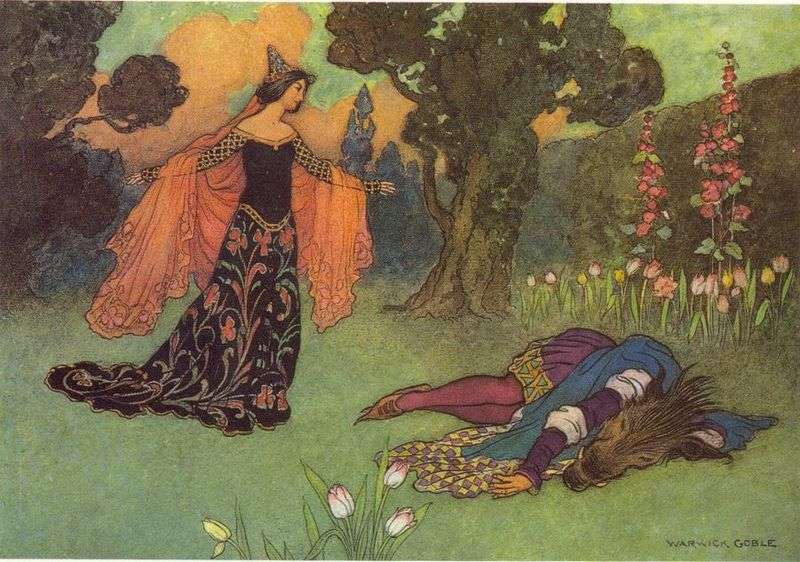
Beyond the surface of "Beauty and the Beast," the story investigates the profound theme of inner beauty. You quickly realize that appearances can be deceiving, and true beauty comes from within. The Beast, despite his fearsome exterior, embodies this lesson as his kindness and love gradually shine through.
Her initial fear transforms into empathy and understanding, allowing her to recognize his noble heart. This shift is significant and highlights the importance of valuing inner qualities over outward appearance.
Consider these key moments that emphasize inner beauty:
- Belle's Initial Rejection: Belle refuses Gaston's advances despite his handsome looks, understanding that his arrogance and cruelty overshadow his physical appeal.
- Beast's Transformation: The Beast's gradual change in behavior, from anger to compassion, showcases his true character, which Belle learns to appreciate.
- The Magical Rose: The enchanted rose serves as a metaphor for the transient nature of physical beauty and the enduring essence of inner goodness.
Acts of Kindness and Compassion
While inner beauty forms the core of "Beauty and the Beast," acts of kindness and compassion bring this theme to life. As you immerse yourself in the tale, you'll notice how small gestures make a significant impact on the characters' relationships. When Belle volunteers to take her father's place as the Beast's prisoner, she demonstrates immense compassion. This self-sacrifice sets the stage for the unfolding love story.
The Beast's transformation begins with Belle's kindness. When she tends to his wounds after the wolf attack, her caring actions start breaking through his hardened exterior. You see the Beast slowly learning to reciprocate these gestures. He offers her a library, a token of his growing affection and understanding of her love for books. These moments highlight that kindness can inspire change and foster understanding between individuals.
Even the minor characters, like Lumière and Mrs. Potts, show compassion. They make Belle feel welcome and help her adjust to life in the castle. Their warm-heartedness contrasts the Beast's initial coldness, emphasizing that kindness is a powerful force for good. Ultimately, it's these acts of kindness and compassion that pave the way for true love to blossom.
The Role of Redemption
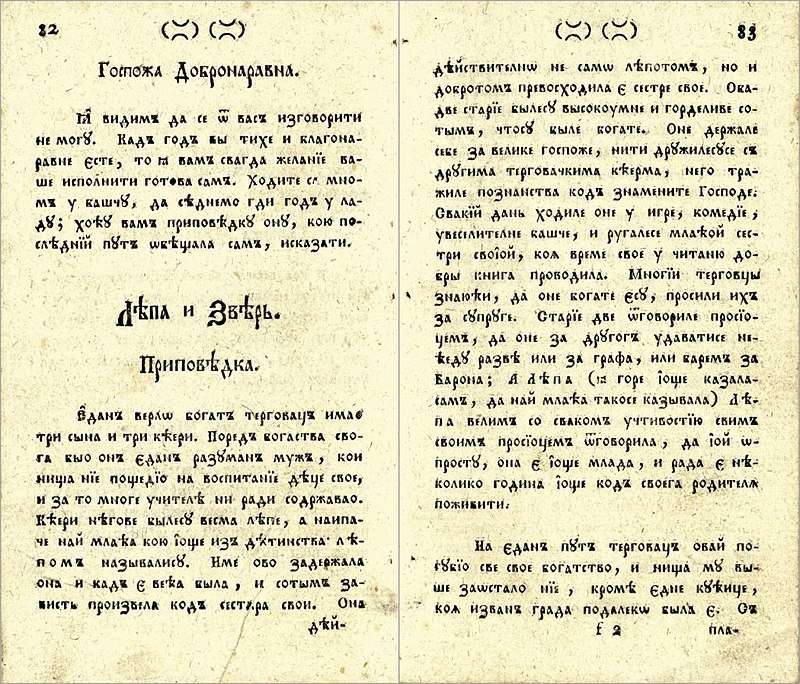
Redemption plays a vital role in "Beauty and the Beast," illustrating how individuals can transform and grow. You see, the Beast wasn't always a monster; he became one due to his selfishness and arrogance. His path towards redemption begins when he starts to care for Belle, showing that love and kindness can lead to personal transformation.
Consider these key elements of redemption in the story:
- Self-Realization: The Beast begins to recognize his flaws. His initial encounter with Belle brings forth a self-awareness that he never had before. This step is fundamental as it sets the stage for his transformation.
- Acts of Love: The Beast's consistent efforts to protect and care for Belle demonstrate his growing compassion. These acts of love are significant in showcasing his progression from a selfish creature to a caring individual.
- Sacrifice: The moment the Beast lets Belle go, he chooses her happiness over his own. This selfless act signifies his complete redemption, proving he has truly changed.
Modern Adaptations and Interpretations
In modern adaptations and interpretations, "Beauty and the Beast" takes on new dimensions that resonate with contemporary audiences. Filmmakers and authors often update the tale to reflect current societal values and challenges. When you watch a modern retelling, you'll notice the emphasis on Belle's independence and intellect, showcasing her as a strong, self-sufficient character. This shift empowers young viewers, encouraging them to value intelligence and courage.
Conclusion
Beauty and the Beast remains a timeless tale of love, transformation, and redemption. Through Belle's bravery and compassion, and the Beast's journey of self-discovery, the story reveals that true beauty lies within. The themes of inner goodness, acts of kindness, and the power of personal growth transcend time, making the story relevant for all generations.

